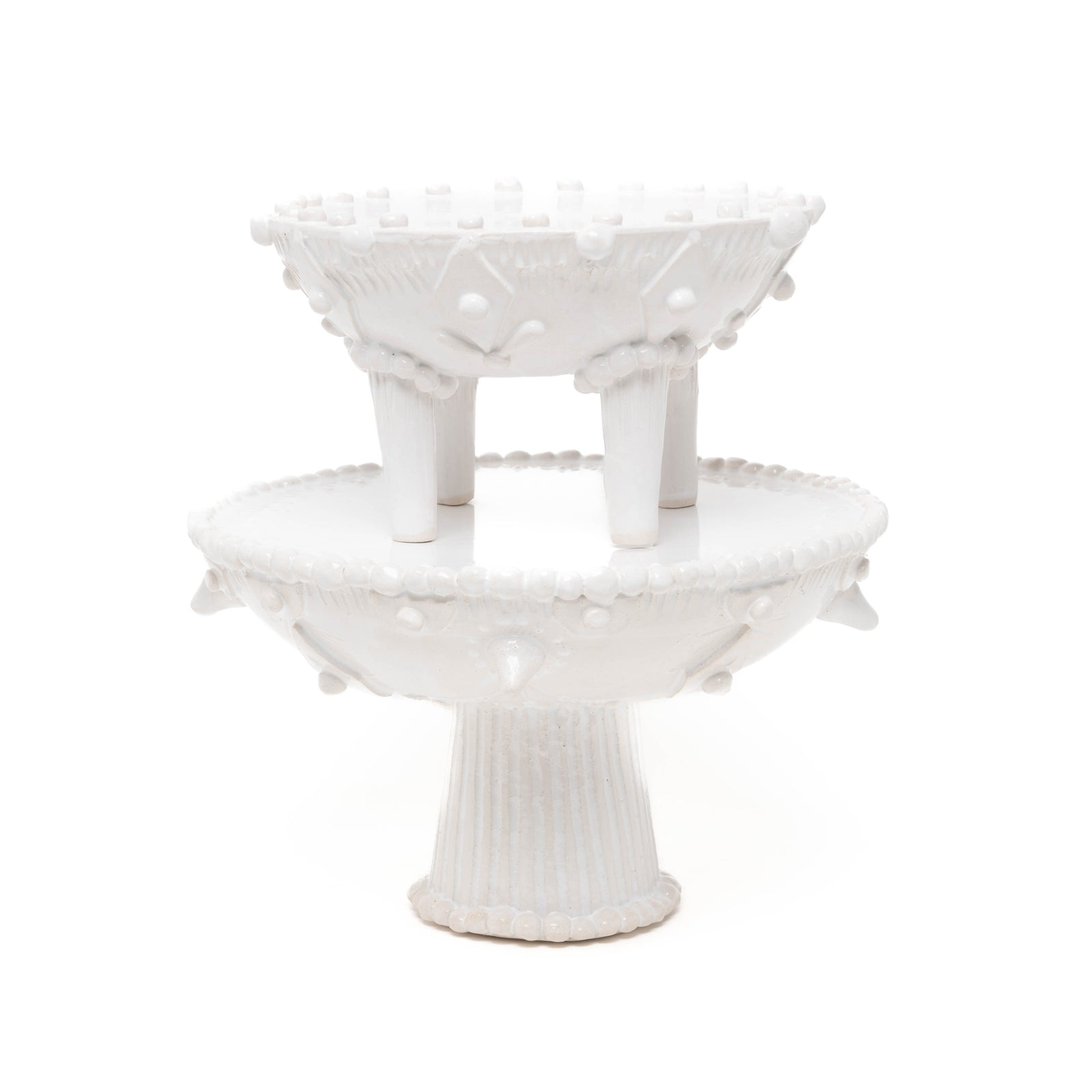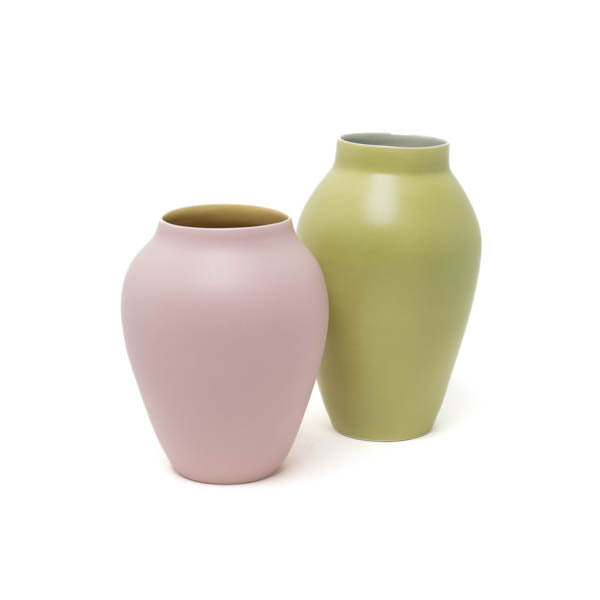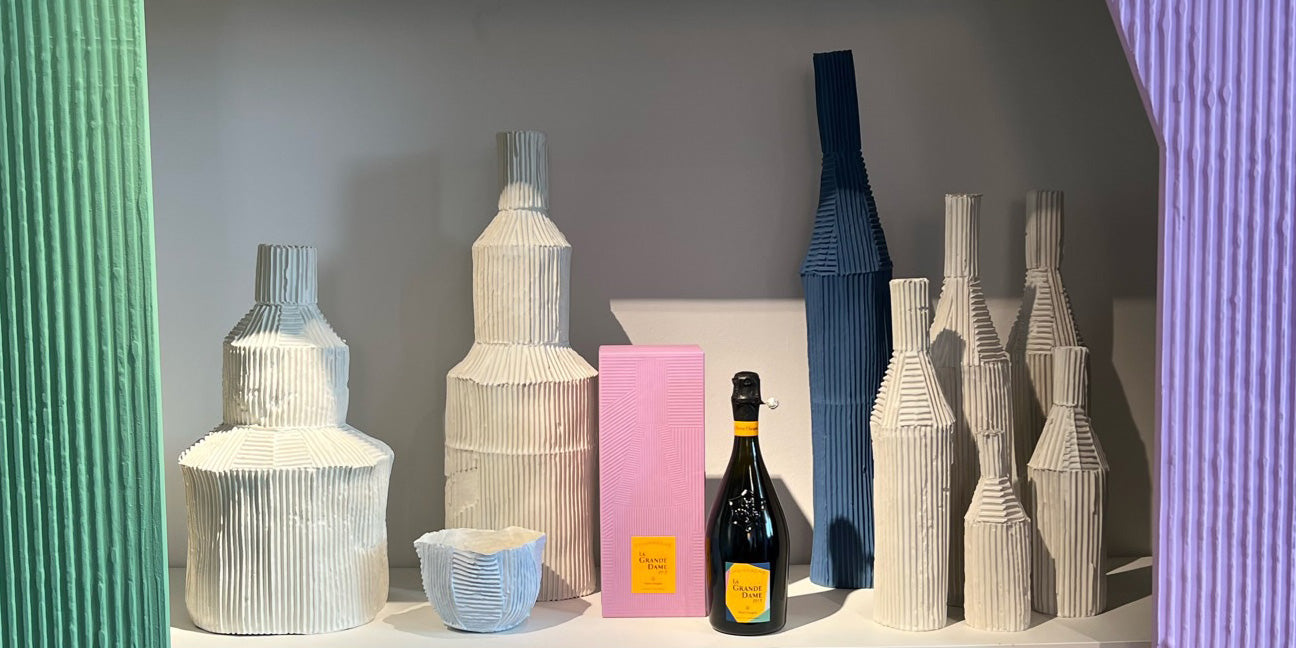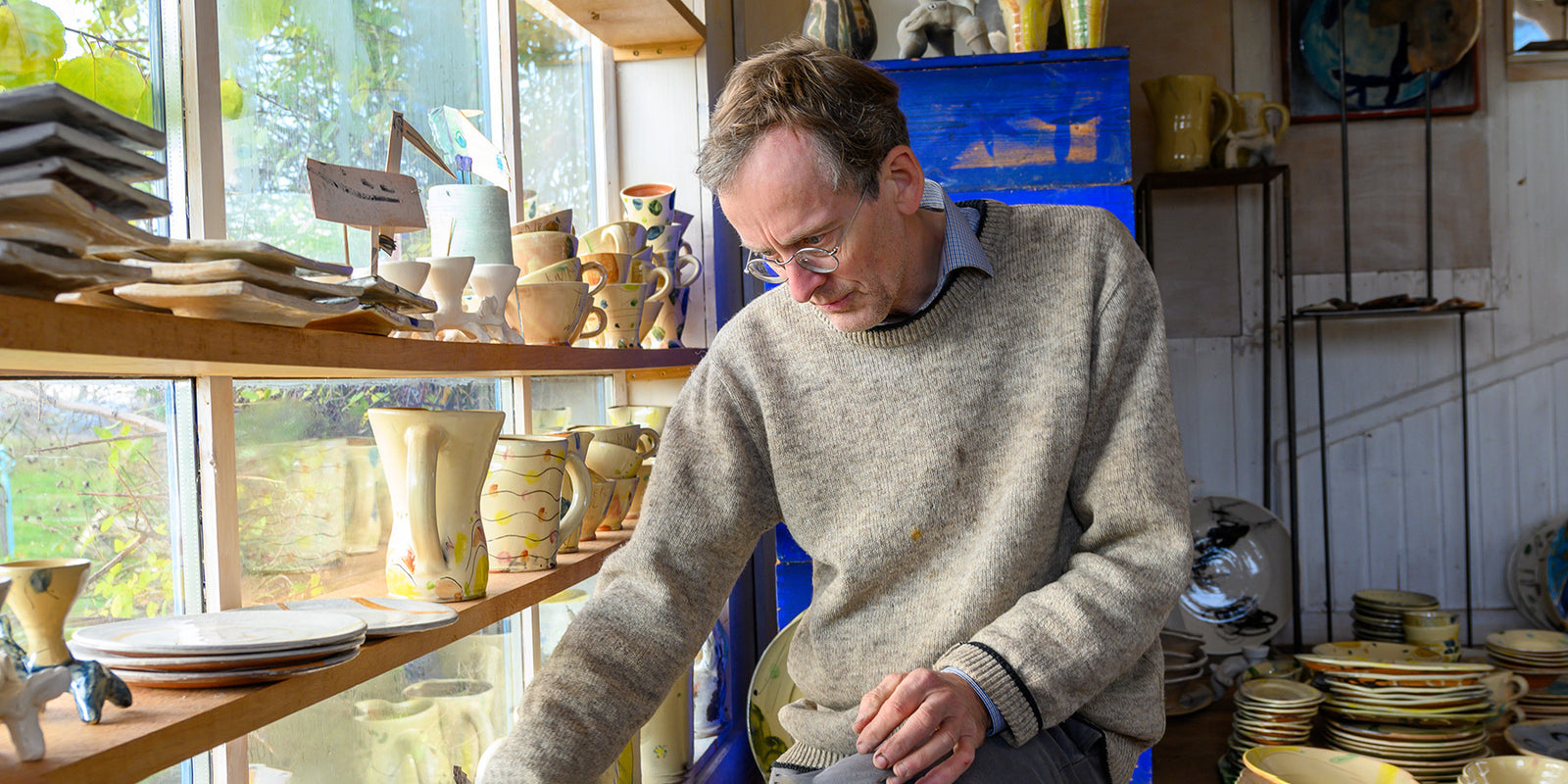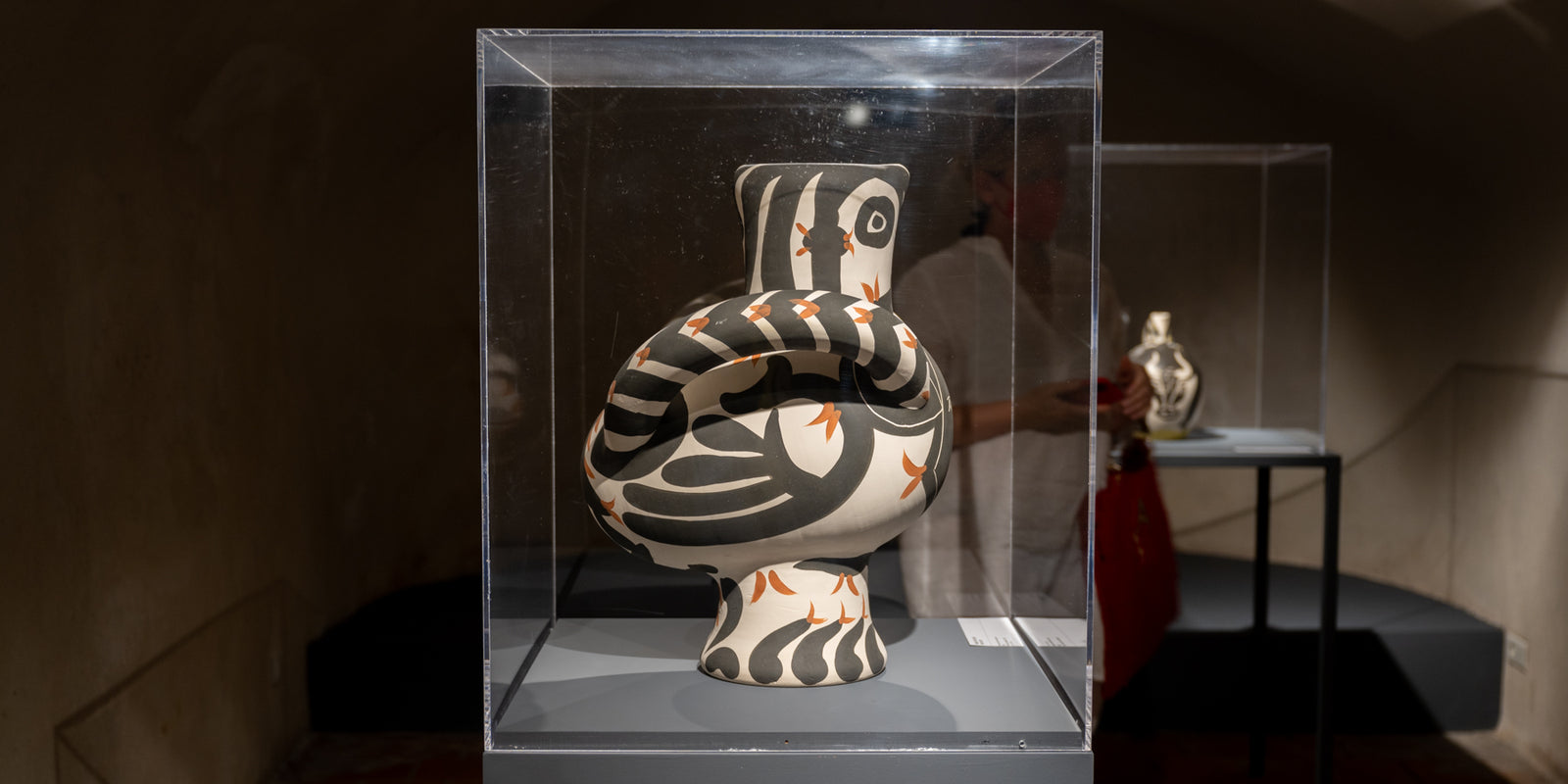Before European porcelain from Meissen and Vienna began their triumphal procession through Europe in the early 18th century, a type of luxury ceramics developed in Italy had shaped the upscale table culture: majolica. The MAK is exhibiting its exquisite collection of 220 specimens of richly painted stoneware in the context of their history for the first time from April 6 to August 7, 2022.
The term "majolica" derives from the Old Italian name for the island of "Mallorca". Italian majolica was greatly influenced by Moorish-style pottery, a style which is believed to have originated from there. Majolica is characterized by an opaque white tin glaze that becomes the carrier of the subsequent, often highly colorful painting. In Northern Europe, they correspond to Delftware and faience. The techniques for producing majolica in 16th-century Italy are known from the treatise The Three Books of the Potter's Art [Li tre libri dell'arte del vasaio], written by Cipriano Piccolpasso in Castel Durante in 1557, which is now owned by the Victoria & Albert Museum in London.
From the early 16th century, majolica became a luxury export commodity of Italy and spread to the courts of Northern Europe. First rank artists, such as Raffael provided designs for the ceramics. These pieces also appear later, for example, in the frescoes by Giulio Romano in the Palazzo del Té in Mantua as decoration for a buffet. So-called "istoriato majolica" illustrates ancient myths and stories of the gods in multifigure scenes. They became Italian table talk for the humanistically educated nobility. From the second half of the 19th century, an international collector's market developed for historical majolica, which later served as model objects in the newly founded museums for art and industry. The 19th-century ceramic industry used these templates throughout Europe.
With the exhibition Tin glaze and image culture: the majolica collection of the MAK in the context of its history, the exclusive collection of majolica from the 15th to 18th century held by the MAK is being opened to the public for the first time. Outstanding pieces from the MAK collection will be juxtaposed with loans from significant Viennese and Central European collections in the exhibition. Enriched with exhibits by the contemporary majolica artist Marino Moretti, the show offers a far-reaching insight into the development of majolica art.
The MAK's hitherto little-noticed, high-quality majolica collection comprises objects from the imperial collection of the Kunstkammer Ferdinands von Tirol in Ambras and from the estate of Franz Ferdinand von Österreich-Este, as well as majolica from Stift Neukloster in Wiener Neustadt. "If you are interested in understanding and enjoying the entire range of Renaissance art and culture in Italy, you must look at majolica, the most lively, intimate, and diverse revealing art form of the Renaissance," outlines guest curator Timothy Wilson, Professor Emeritus at Balliol College Oxford and former Keeper of Western Art at the Ashmolean Museum Oxford, the importance of majolica. The world's leading expert on Italian majolica is curating the exhibition together with Rainald Franz, Curator of the MAK Collection of Glass and Ceramics.
For more information about the exhibition, visit www.mak.at.

